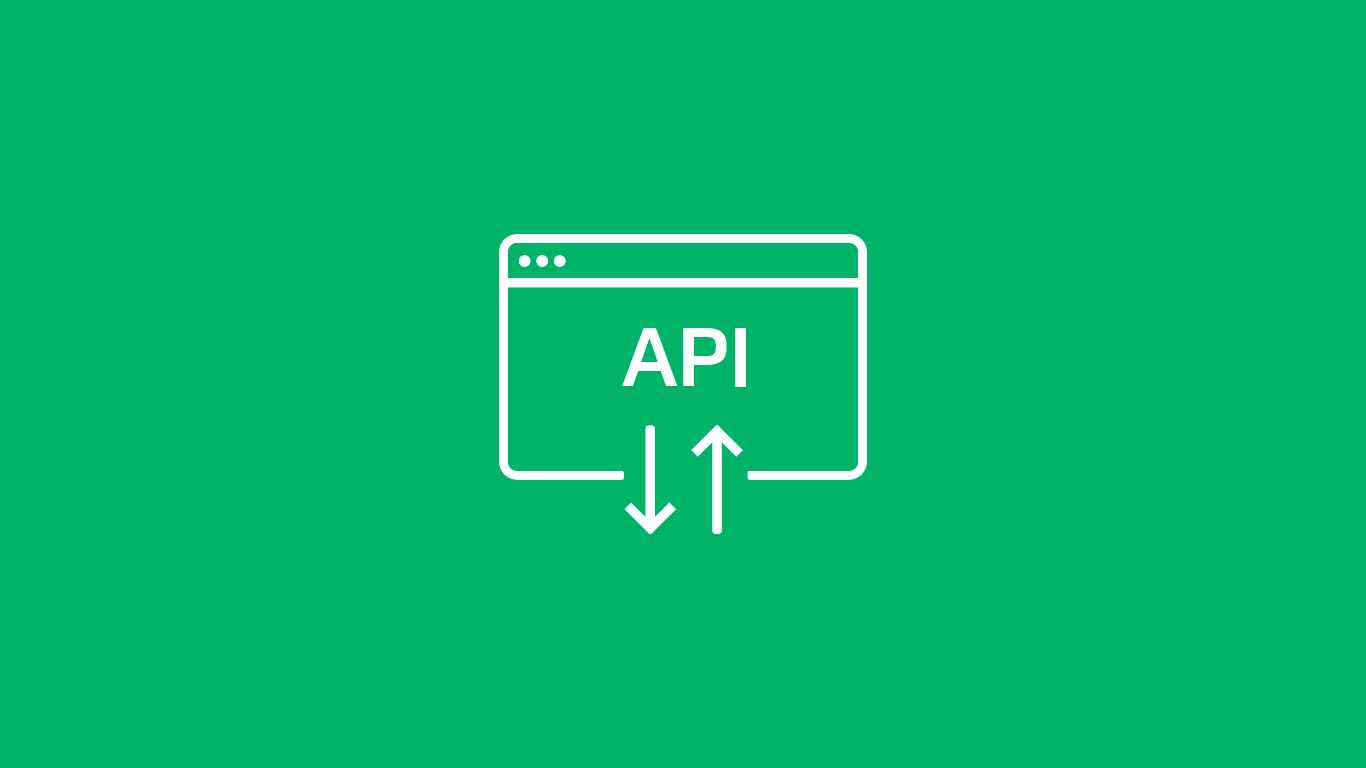What is API Integration? A Guide for Non-Technical People
Dive into the world of API integration: understand its functionality, benefits, and why it's a must for your tech stack

API integration is undoubtedly a hot topic in tech. While you’ve likely heard of it, you might not fully understand it. Fear not, because in this blog, you’ll get the full scoop on the world of API integration. We’ll break down the functionality, discuss why you should strongly consider implementing them in your tech stack and explore how API integration could be the golden ticket you didn’t know you were missing.
What does API Mean?
First, we’ll start with what this three-letter acronym that you’re seeing everywhere actually represents. API stands for application programming interface. Now let’s look at a simple, real-world example you’ve likely experienced before as a consumer. You’re planning a vacation and you need to book flights, so you head over to a travel booking website and input your origin, destination and desired travel dates. How does the travel website quickly populate such a wide array of flight options ranging in price, airline and number of stops? The simple answer: an API. The travel booking website sends requests to various airline APIs to obtain the real-time information you’re looking for, so that you can pick the best flight option that works for you.
So What’s API Integration?
API integration acts as a connector and allows different web-based software applications (the travel booking website and various airlines) to talk to each other by using standardized methods and protocols. After the travel booking website sends a request to the airlines, each airline processes the request and queries its internal databases to find flights that match the provided criteria. Each airline’s API server then generates a response containing a dataset with the queried flight information, and sends it back to the travel booking site, which is then populated on your screen as flight options.
Once you select and book your desired flight, the travel booking site sends a booking request to the chosen airline’s API. The airline processes the request, sends a confirmation back to the travel booking site, and finally you’re notified by the travel booking site that your trip is booked. The process may sound like whiplash, but reliable, up-to-date API’s maintained on both ends creates quick and seamless communication and a win for all parties involved.
API Integration Platform and Tools
Just as you would need the right tools to build or repair something in your home, there are special API integration tools in the world of software development. These API integration tools streamline the process of connecting different apps, ensuring data flows smoothly between them. Think of it like a tool belt for your digital ecosystem!
Taking it a step further, an API integration platform is like a command center. It provides an environment where you can manage, automate and monitor all your integrations in one place. It helps businesses keep up with the fast-paced digital transformation by simplifying complicated workflows.
Why Businesses Need API Integration
- Efficiency and Scalability: API integration enables you to automate repetitive tasks that were once manual and save time, reduce errors and free up bandwidth to focus on more strategic activities. For instance, by connecting marketing automation tools, such as HubSpot, and CRM databases, such as Salesforce, you’re able to streamline the process for managing leads and automating marketing campaigns.
- Enhanced Customer Experience: Real-time data integration can streamline user experiences across various customer lifecycle touch points, resolve customer support issues more quickly, and equip you with the data to offer customers more personalized experiences.
- Connectivity: Businesses can build a cohesive software ecosystem where all their SaaS tools, like iPaaS and microservices, communicate and function as one unit, enabling the smooth transfer of data between platforms.
ActiveBatch and the Benefits of API Integration
Now that you know what API integration is and why you need it, how do you efficiently build API integration in your tech stack and ensure consistent API management without unnecessary friction? ActiveBatch is the answer.
With a robust workflow automation system, ActiveBatch enables you to coordinate, consolidate and achieve end-to-end business processes with low-code integration and assembly. Whether it’s developing workflows faster, streamlining IT operations or simplifying administration, ActiveBatch empowers you to automate anything across a variety of use cases. Discover more about how ActiveBatch can transform your functionality and build workflows in a fraction of the time here.
Conclusion
API integration isn’t just a shiny tech buzzword; it’s a powerful and transformative tool that can revolutionize how you operate and serve your customers. With the right tools and platforms, API integration can build more connected, efficient and flexible digital ecosystems that enable you to adapt to the ever-changing digital landscape.
Frequently Asked Questions
APIs operate as middlemen, facilitating requests and responses between applications. This ensures that apps can share functionalities and data without having to rebuild functionalities in-house.
Read more about how APIs drive automation in IoT.
Some popular examples include connecting eCommerce platforms and apps with payment gateways, integrating customer relationship management (CRM) systems with marketing platforms, and connecting sales tools with social media platforms such as LinkedIn.
Dive deeper into API integration automation examples here.
API integration automates data transfer, enhances workflows and creates a cohesive ecosystem, leading to improved customer experiences and streamlined operations.
Explore the significant advantages of API integration in detail.
Ready to dig deeper? Explore the endless possibilities of API integration with ActiveBatch. Your next digital breakthrough is just a click away.







